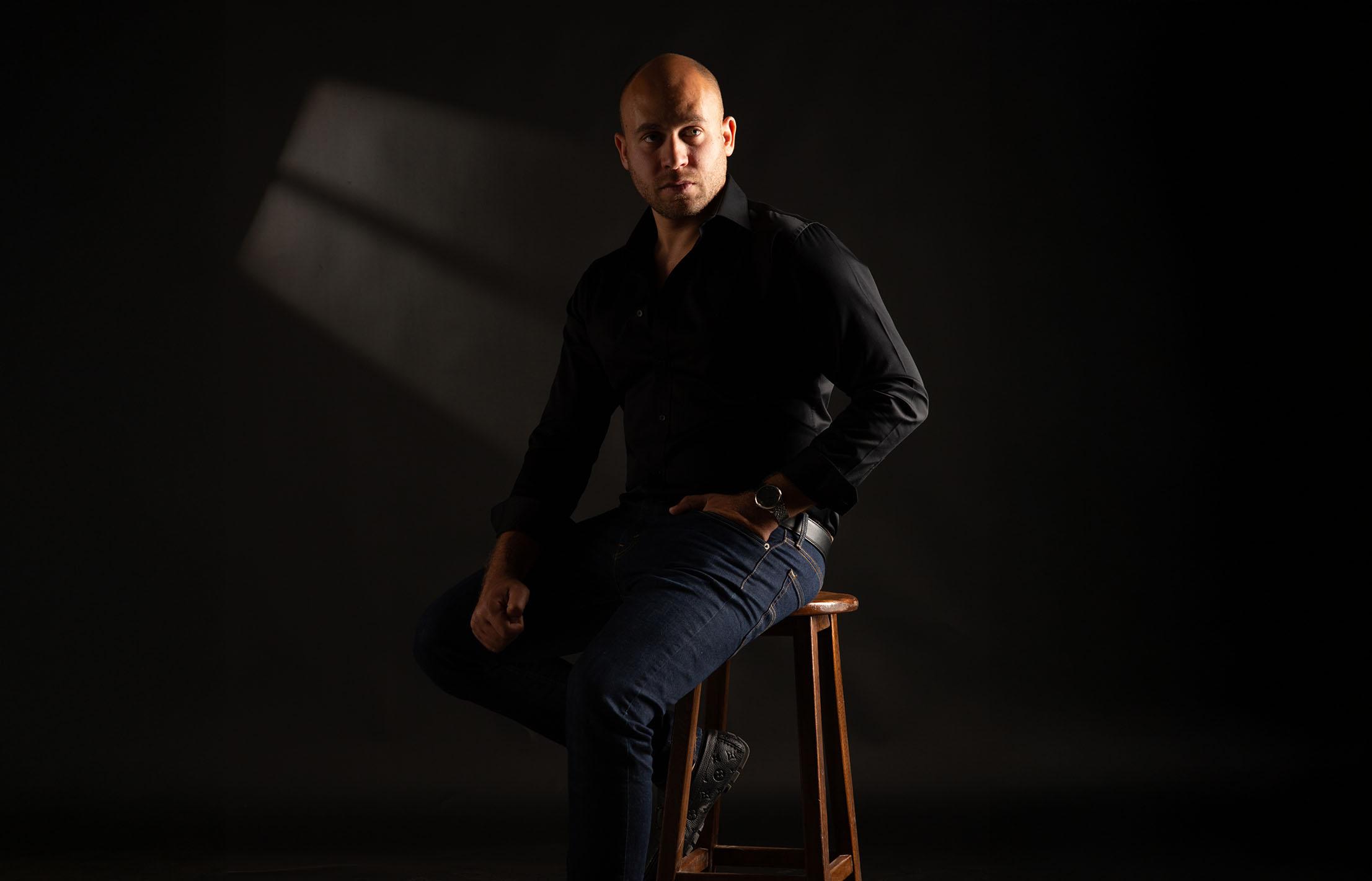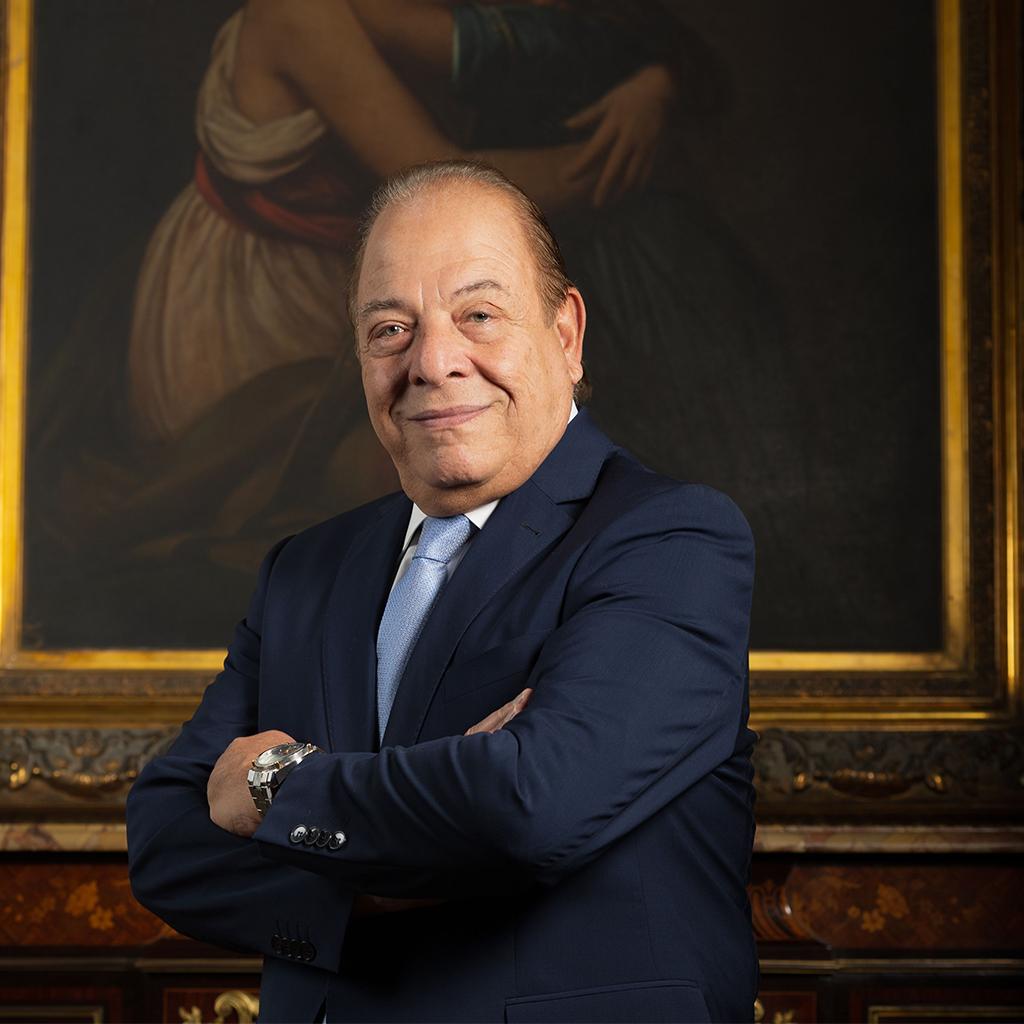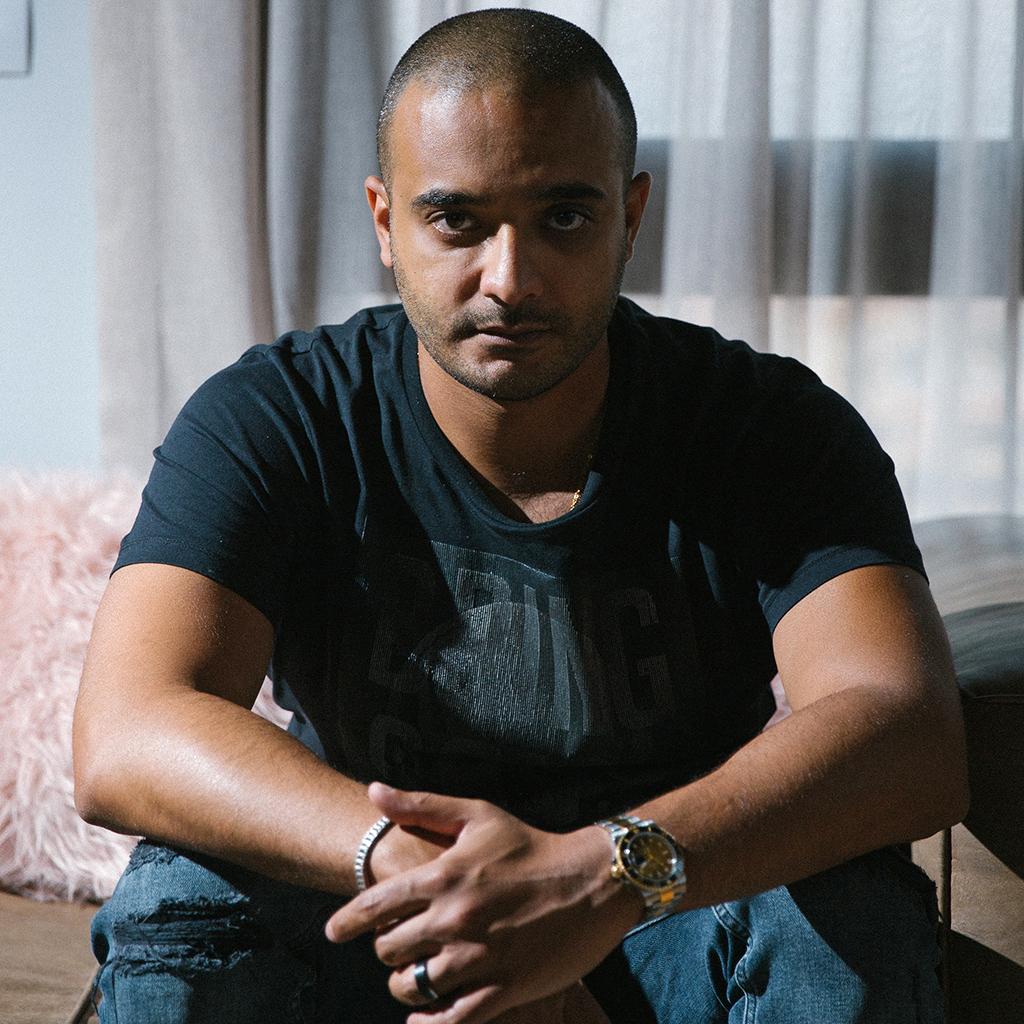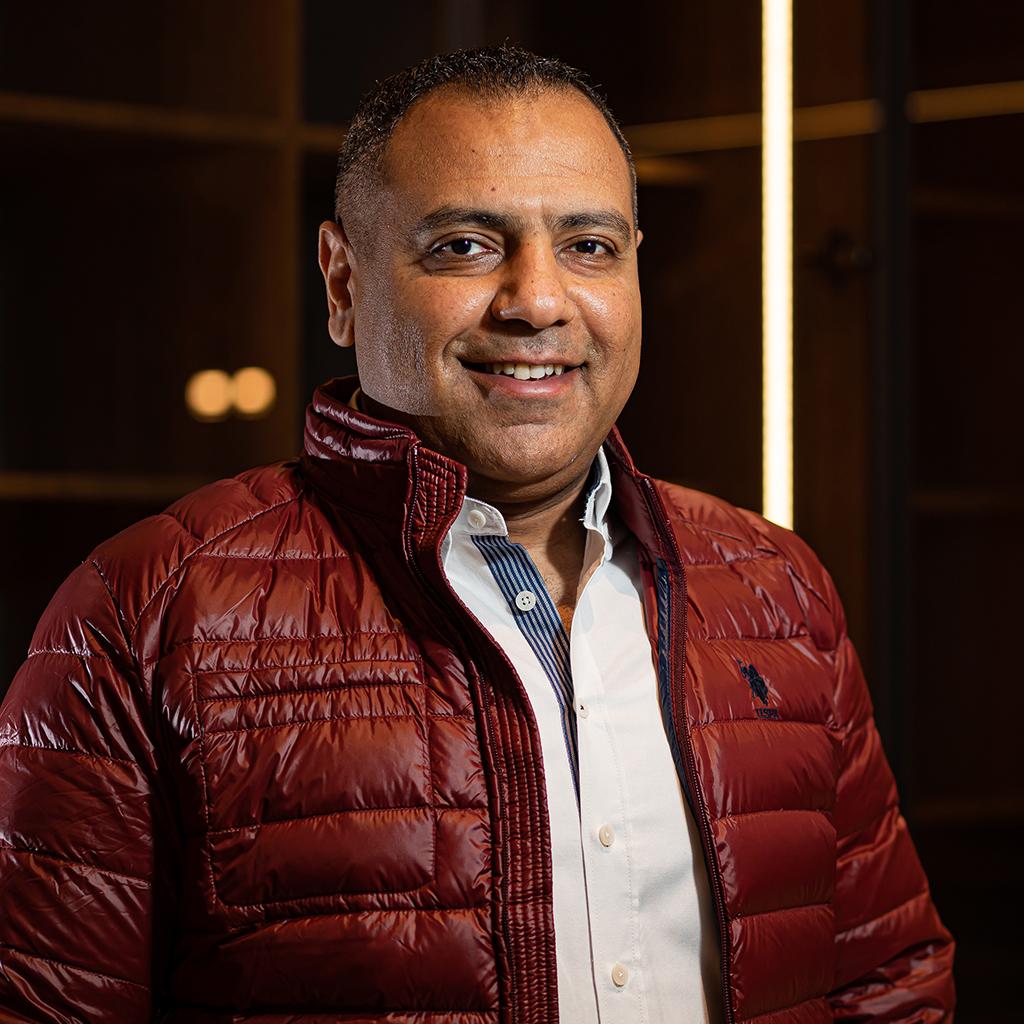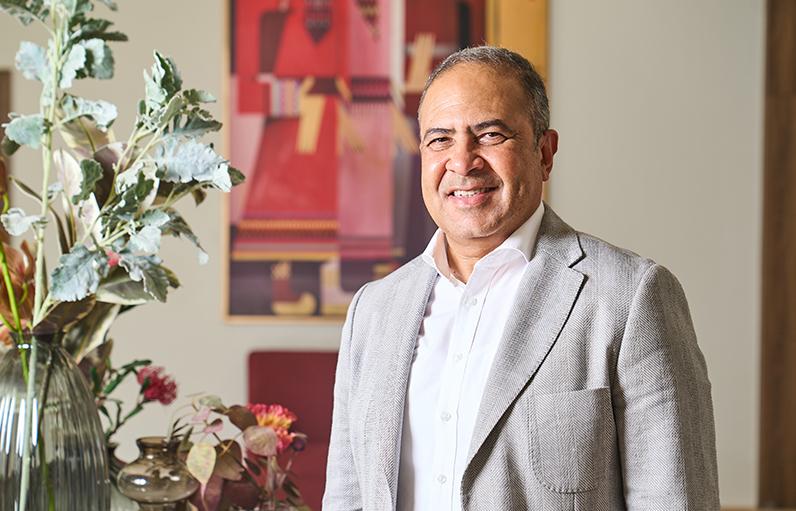
Written by: Farah Hassan
Date: 2024-09-30
From Learner to Leader: Dr. Mohamed Abdel-Kader
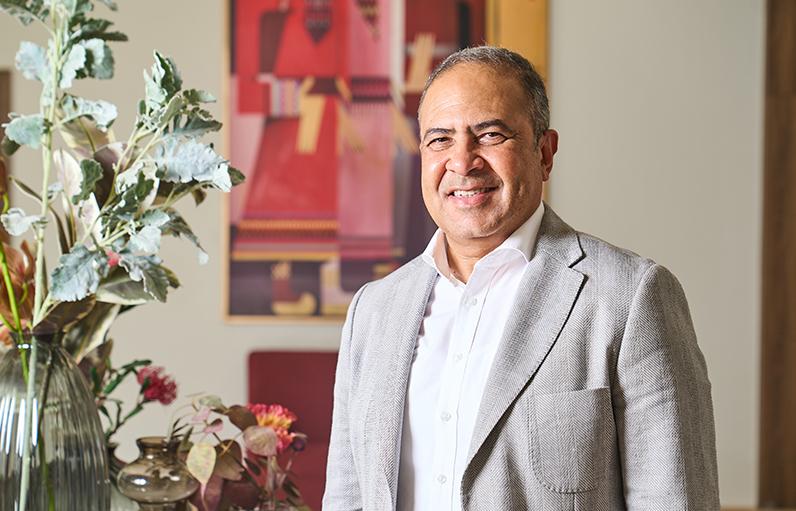
In conversation with Founder and Principal of Kader & Associates Designs, Dr. Mohamed Abdel-Kader, “one cannot thrive solely in theory or practice.”
In recent years, the ever-increasing profile of Dr. Mohamed Abdel-Kader and his firm KADesigns has been hard to miss. For more than twenty years, the number and scope of their projects have been astonishing and progressively diversified. Today, the firm boasts an extensive client list that includes major developers both in Egypt and abroad, resulting in a rich portfolio.
The Seeds of Ambition
Graduating from Cairo University with a degree in architecture, Dr. Abdel-Kader served as a teaching assistant and later as a professor, explaining that his goal was to connect with students and share his insights. "Over the years, it became my mission as an academic and practitioner to impart the lessons I learned from my years in the industry. The integration of practical experience with academic knowledge is crucial; one cannot thrive solely in theory or practice."
Dr. Abdel-Kader later pursued a Ph.D. at the University of California, Berkeley. During this time, and in addition to his studies in architecture, he also explored urban economics at the planning and real estate department at Haas School of Business at UC Berkeley while working on his thesis, strongly believing that this knowledge would round out his architectural education.
He describes, "This diverse background adds value to an architect, particularly when working with clients in the private sector. Details matter: especially when the consultant is knowledgeable and architects working on the project know how to maximize clients' investments. It's important to consider how a project can be economically successful and its broader impact on society is well envisioned, beyond just architectural design."
When asked if his additional studies and teaching over the years in many countries abroad on topics such as Urban Economics and Cultural Heritage have given him an advantage in succeeding in the industry, Dr. Abdel-Kader concurred and had an interesting way of wording it, "An architect is like a melting pot, with every experience shaping them on both personal and professional levels. Life lessons, travels, music, and even theater all influence the identity of the architect, ultimately reflecting on his work." The more varied the experiences and challenges an architect encounter, the more they evolve into well-rounded and knowledgeable professionals.
“A skilled architect is one who examines the past and present, considering both the good and the bad. This holistic perspective enhances one’s ability to create impactful designs.”
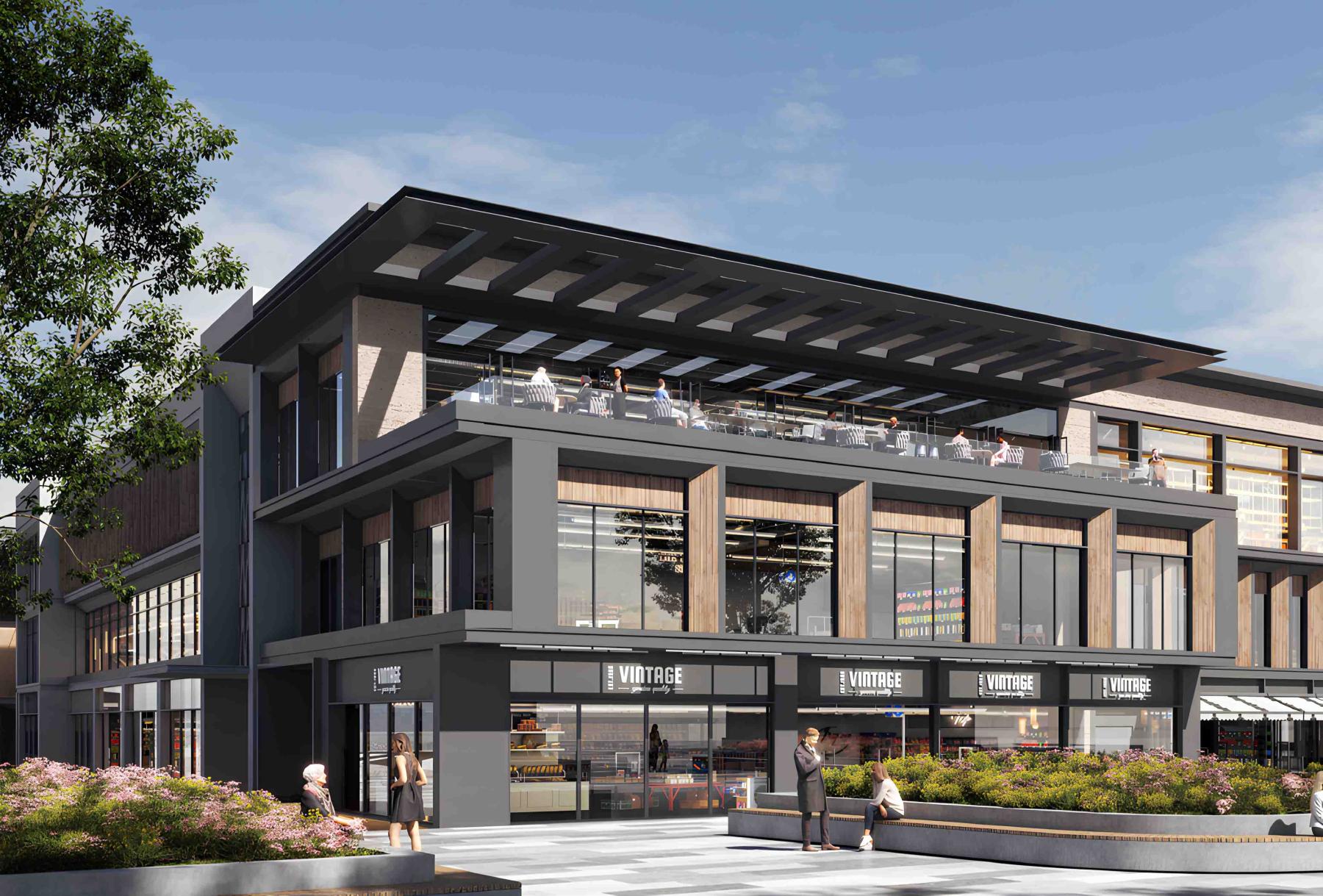
22 Years of Excellence
Dr. Abdel-Kader recalls his early years, "I opened a small architectural office with a friend, and we began by tackling small projects like building apartments and villas while keeping a keen interest in corporate projects. My travels to America in 1997 for my Ph.D. at Berkeley marked a turning point."
Upon returning from his travels, the architect took the initiative and launched KADesigns, "initially starting to work on small projects and over the next three to four years, we began collaborating with major conglomerates on large-scale projects such as mixed-use, compounds, resorts, transportation complexes, universities, hospitals, and more."
KADesigns takes pride in their diverse range of projects, ensuring that they do not confine themselves to a single type. The intersection of various disciplines and sectors greatly enhances an architect's experience, allowing them to achieve exceptional quality and setting them apart in the industry.
Over the years abroad, Dr. Abdel-Kader managed to build strong relationships with international consulting offices with whom he still works to this day, adding to KADesigns’ experience and quality of work. “We built a relationship based on trust and friendship, working on tender proposals and projects together both inside and outside of Egypt.” He further explains, “the opposite scenarios happen as well. Whenever these international offices are awarded projects in Egypt or the Middle East and require consultants who are knowledgeable of the local market, they always reach out and collaborate with us.”
KADesigns provides a variety of services that include architectural design, urban planning, master planning, MEP design, landscape design, interior design, project management and construction supervision, urban economics and real estate consulting, visual impact assessment, and tourism planning.
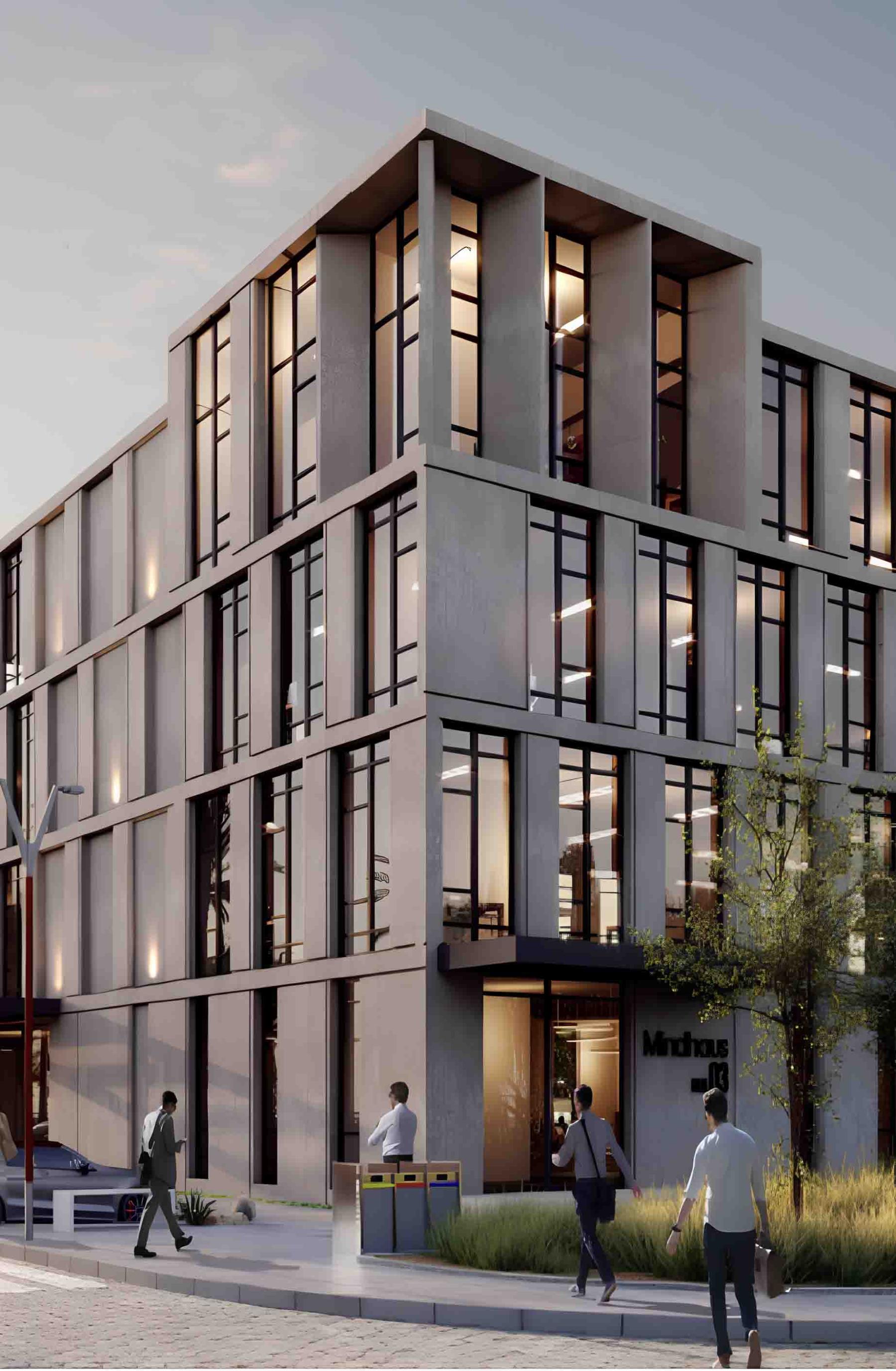
The Road to Recognition
KADesigns over the years managed to secure a position in the market. Dr. Abdel-Kader explains that this is due to several factors. The first is the experience and caliber of the team. “Whether it involves top management or the second-tier members, everyone brings rich market experience from both inside and outside Egypt. This depth of knowledge influences the quality of work and the relationships we build with clients.”
Building client relationships is also vital, “while our clients often become friends, we maintain a professional boundary to preserve the quality and ethics of these sensitive connections, a practice our clients have consistently praised.” The effective client relationship management is also deemed critical as well as the way and the person who communicates with the client which can significantly influence interactions.
Furthermore, the firm has successfully fostered a circle of trust with their clients. “Fortunately, we rarely work with clients just once; there is always a demonstrated interest in collaborating on additional projects.” As a result, KADesigns’ exposure to both national and international markets, including Saudi Arabia, Qatar, and the Emirates, strengthens their reputation and expertise benefiting them in terms of diversity and scale of projects.
The value of KADesigns’ work stems from its positive impact on the human experience. Being that they are a dynamic and collaborative design firm uniting creativity, research, and innovation to solve complex problems for their clients. Dr. Abdel-Kader clarifies, “understanding these elements is vital, as they impact the quality and efficiency of work while minimizing unnecessary efforts. We prioritize efficiency by establishing a clear and practical timeline that aligns internally with all disciplines and externally with client expectations.”
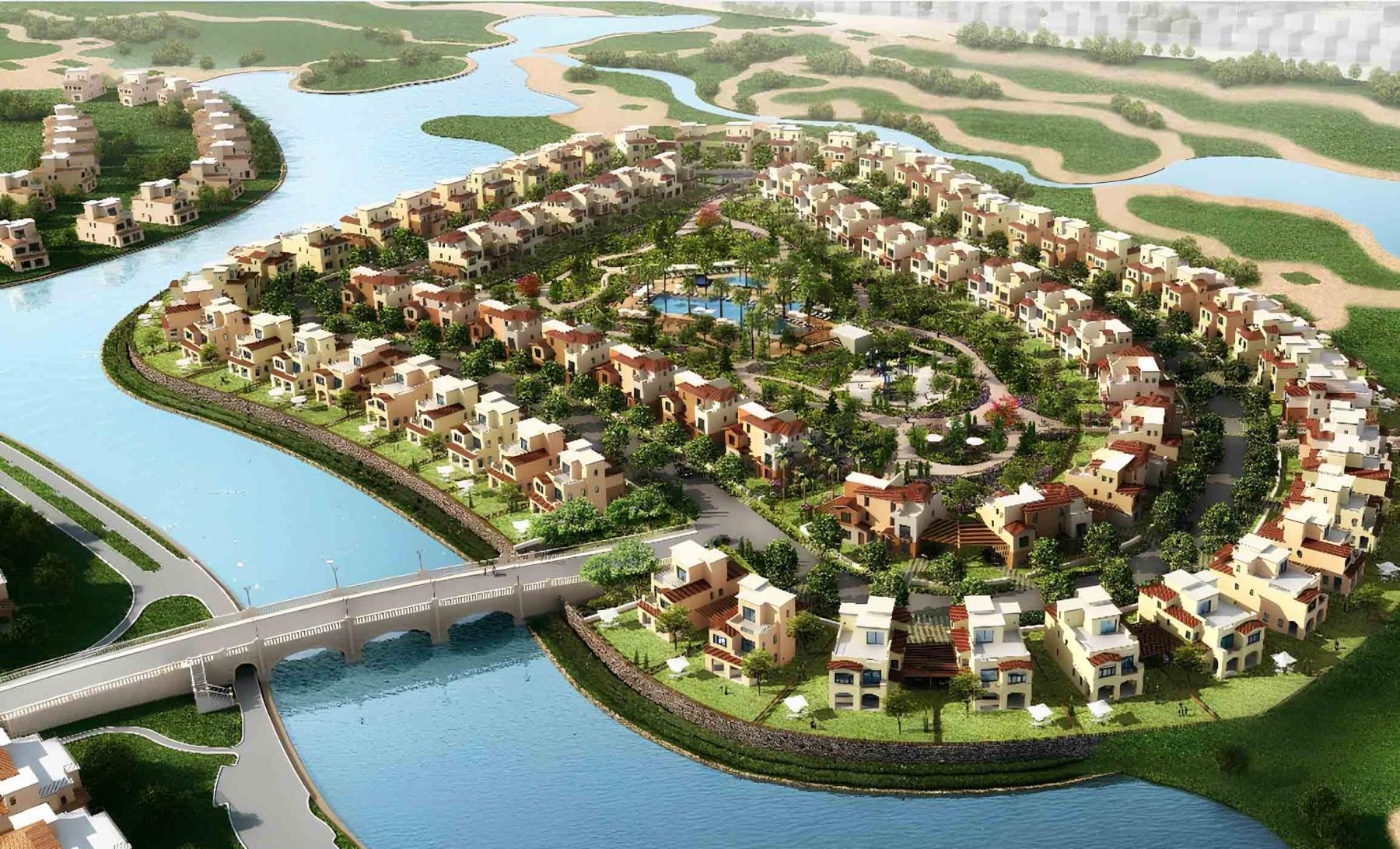
Growing Global Roots
Since its inception, KADesigns has built a rich experience with clients coming from varying backgrounds. The firm has opened a new branch in the Middle East along with the original Cairo-based one.
Working on many projects in the Middle East like Saudi Arabia, UAE, Qatar and much more, Dr. Abdel-Kader confesses that they tend to be a lot different than just scale and geolocation, “the project’s pace differs, being a lot faster abroad especially with the private sector. The culture barriers that may arise with foreign clients can sometimes be a challenge especially when it comes to expectations and client satisfaction. Over the years we have worked hard on that, and it has become easier.”
KADesigns has come to realize that exposure with clients abroad changed how they operate internally as a firm and how they think towards design solutions; exploring different perspectives and different methods to solve problems than they used to experience previously.
“I am a risk taker –taking risks is unavoidable. Push the limits a little, risks must be taken for growth. We shouldn’t fear failure because failures in this business are very probable, which will teach us and make us grow stronger.”
The level of complexity of working on projects abroad is certainly different than the ones in Egypt. Some clients, as Dr. Abdel-Kader reveals, may require more time than others to make decisions which may affect the workflow and project timeline, “Our competition abroad is larger because of international players in the Gulf region. The golden egg is knowing what are the clients’ aims and objectives. This will set the roadmap on how to grow and to determine the amount of investment the project will require.” Looking back, Dr. Abdel-Kader ponders, “I cannot necessarily say that since the beginning it was all wins and successes for us, because that's just not how life works. We have faced a lot of downs as well, what is important is to learn from them and grow stronger.”
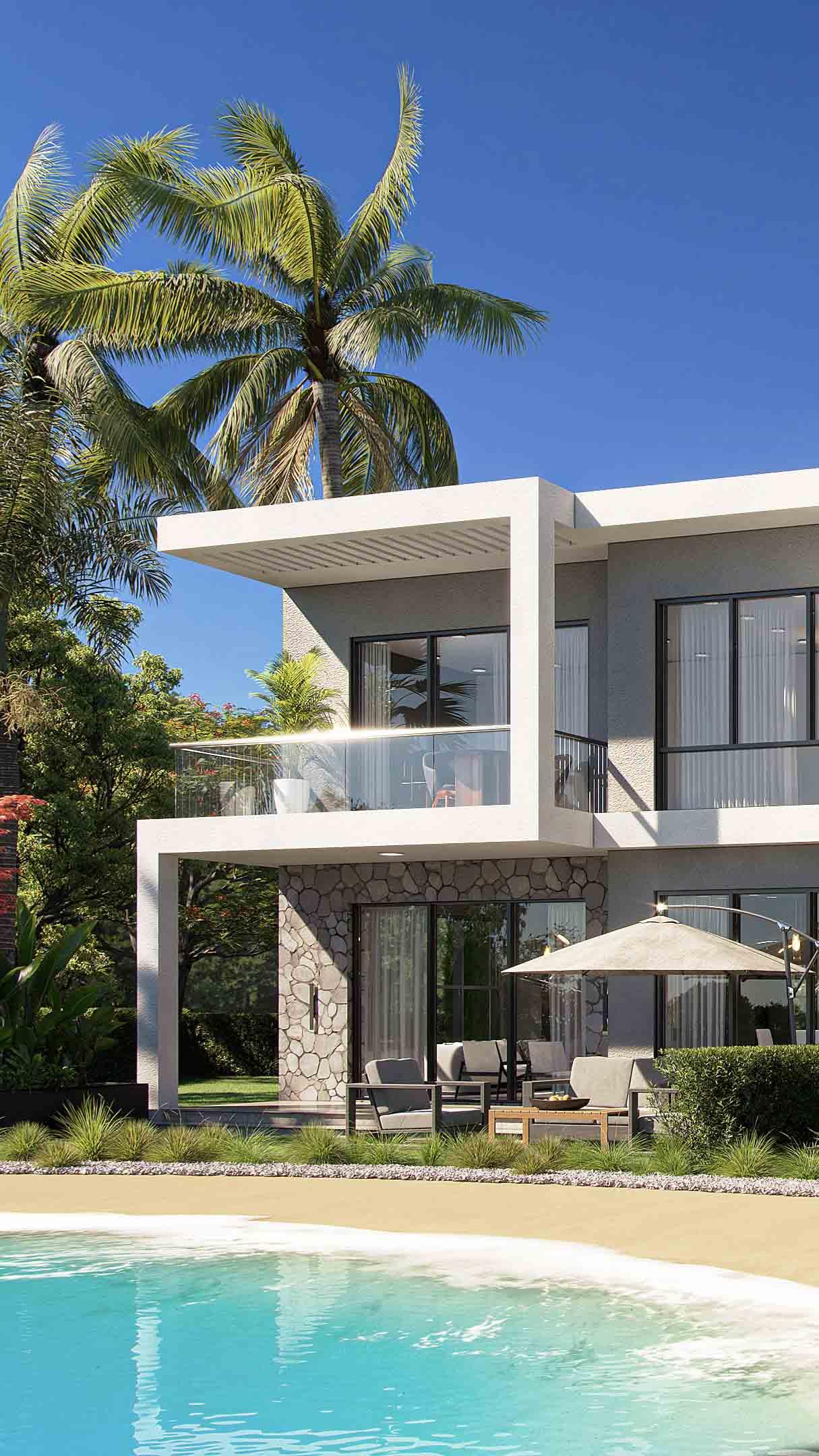
The Pursuit of Excellence
In architecture, quality management is pivotal because it underscores a firm’s professional integrity. The quality of designs and construction are direct reflections of a firm’s commitment to excellence. Notably, very few consulting firms in the industry prioritize quality to the extent that KADesigns does. “We view this commitment to high standards as a competitive advantage, both within Egypt and internationally, and our clients consistently appreciate this approach. The quality of our work fosters repeat business, enhancing our reputation and future collaborations.” Ultimately, the goal of quality management is to deliver work of superior quality that is both strategic and efficient, adding value to the clients. As Dr. Abdel-Kader puts it, “with high quality, the process flows smoothly when there is minimal wasted work during the design and construction phases, thanks to the high standard of our output. Our in-house team possesses extensive expertise across various disciplines, enabling us to produce well-coordinated and thoroughly researched architectural and engineering solutions.” Their core principle that drives them forward is quality. Dr. Abdel-Kader describes that this principle could be measured by two major aspects, “first by the project approval duration: the shorter the time it takes for the client to approve the submissions, the better the research and work that we have conducted to align with their expectations.” This efficiency not only reflects their commitment to understanding client needs but also demonstrates their ability to deliver results promptly. He continues, “the second aspect is through production, we assess the number of RFIs (request for information) received during the project lifecycle. By spending ample time collaborating with clients, we manage to keep the number of RFIs to a minimum. Clients often evaluate the quality of consultants based on how many RFIs they encounter, and fewer RFIs indicate a higher level of clarity and communication.” These two evaluation methods are crucial to KADesigns’ success and serve as benchmarks for their performance. In efforts to maintain that level of quality commended by clients, regular quality reports are issued at the end of any project done by the department of quality assurance at KADesigns to stay consistent with the type of quality that they promise to deliver.
A Holistic Approach
In today’s modern architectural landscape, there’s been a significant shift to a more holistic approach to project management. “We aim to be user-centric by studying user preferences and needs as if we are living in this project and based on that we identify the end user’s expectations. It is crucial for the project to be economically successful for clients essentially and responding to the end-user needs instead of just focusing on turning heads.”
“Architecture affects the public and the community around it. The created space is where civilization parameters take place and their identities are shaped.”
As projects increase in size and complexity, it becomes increasingly difficult for architects to streamline the design process. For most, the reliance on outside consultants increases, but that is not the case for KADesigns; working on all main disciplines in-house interdependently so that all forms of coordination are done, “having the main disciplines in-house makes it easier; controlling the work quality as opposed to an office working on one single discipline and coordinates with other external offices on other disciplines making the process quite daunting and tiresome.” When asked what he thought about his team, as a true leader, Dr. Abdel-Kader boasted, “I always emphasize that Mohamed Abdel-Kader cannot achieve anything without KAD’s dedicated team; I will never grow alone. From the very beginning, I have treated architects and engineers as partners in this journey, and we all share the same goals and vision” As the saying goes, ‘a leader is only as strong as their team’, Dr. Abdel-Kader places strong emphasis on newcomers, providing them with the necessary support and resources to ensure they feel welcomed as integral members. “Our onboarding process includes comprehensive training on project details, allowing them to familiarize themselves with all aspects of our work.”
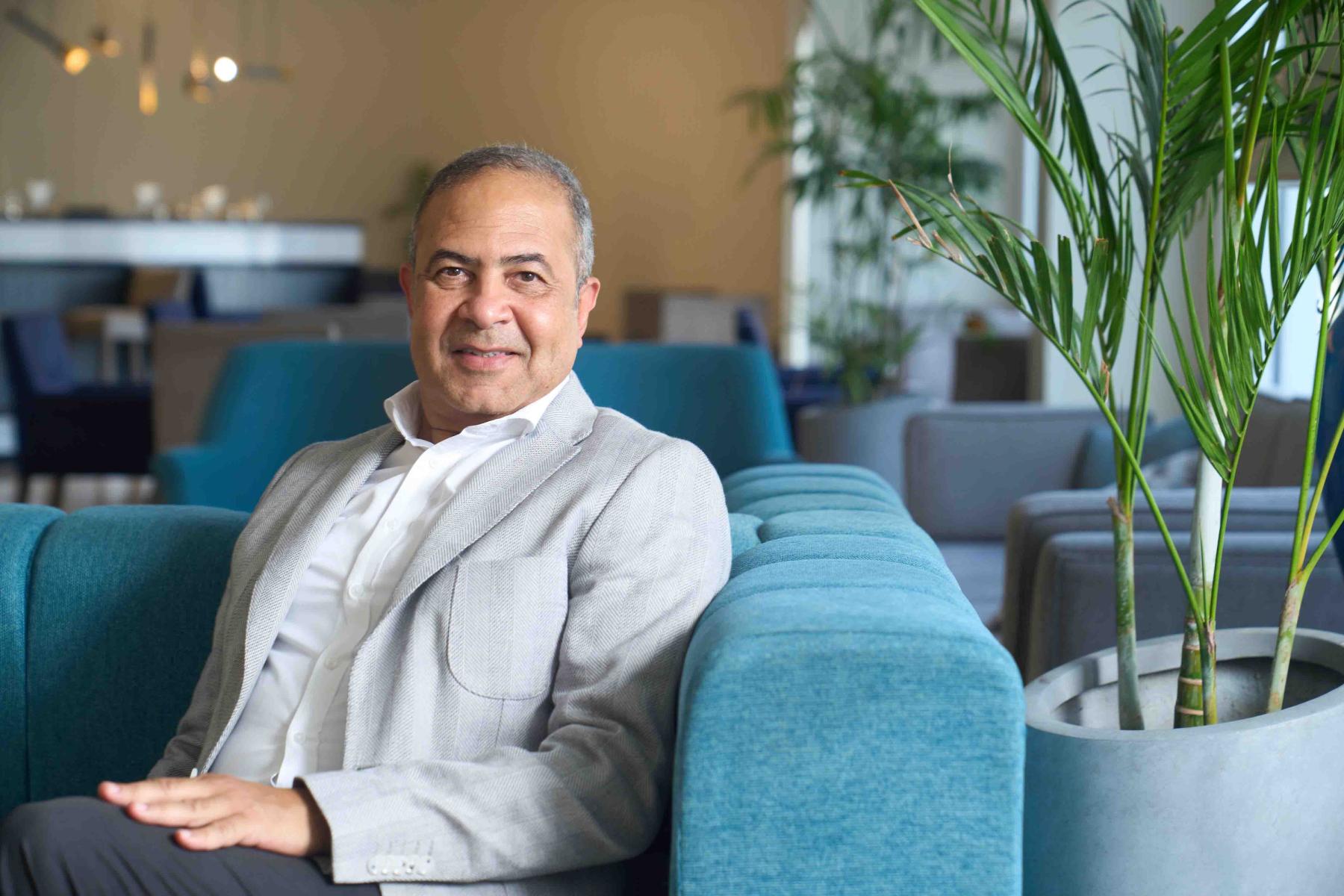
The Future for KADesigns
KADesigns, over the course of more than two decades, has become experts at complex large-scale projects which is very uncommon in the industry. They always maintain proficient levels down to the smallest details. Their work exemplifies both economic viability and architectural excellence which effectively and positively contributes to the different communities that they serve. Dr. Abdel-Kader reveals that his most beloved types of projects are those of complex nature like mixed-use projects, “the bigger and more complex projects are very appealing as they are more challenging for us as architects and engineers which puts us out of our comfort zone. That kind of project interconnectedness with its context, its architectural complexity combining different functions, the users and their different circulations –connectedness and separation– and all these extensive studies prove its uniqueness.” Looking ahead, Dr. Abdel-Kader reveals that he is eager to establish KADesigns as a benchmark for quality, ensuring that its standards are consistently high across all projects regardless of location. Dr. Abdel-Kader concludes,
“We aspire to gain global recognition as an architectural firm that prioritizes quality, innovative design, and precision in drawings. Achieving this recognition will further elevate our standing in the industry.”

